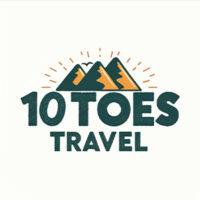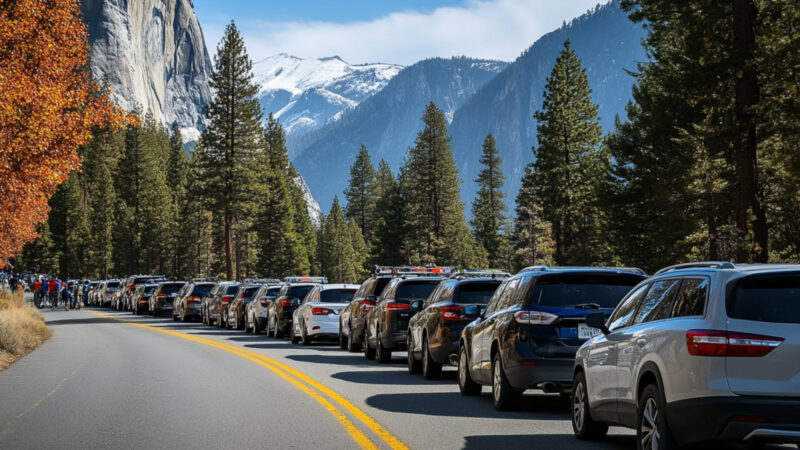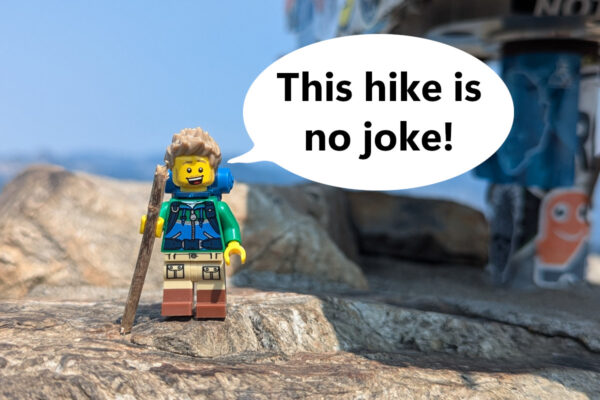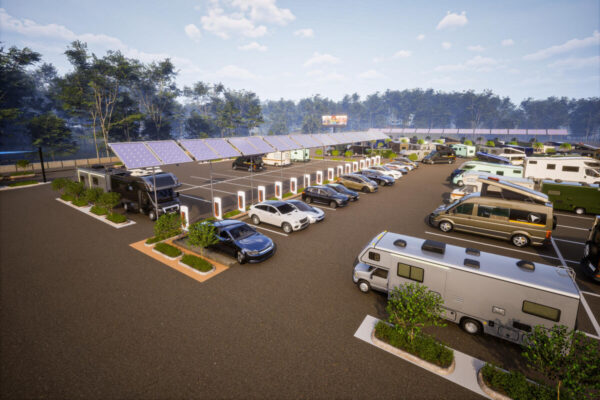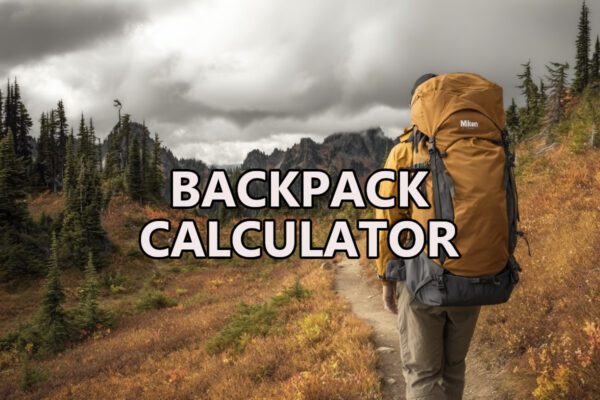Yosemite National Park, a crown jewel of California’s Sierra Nevada, is bringing back its vehicle reservation system for the 2025 summer season, aiming to manage crowds and enhance visitor experiences. This decision comes after months of uncertainty and political debate, with the National Park Service (NPS) finalizing a scaled-down approach to balance accessibility and conservation. Meanwhile, several Pacific Northwest (PNW) national parks, including Mount Rainier, Olympic, and North Cascades, are also implementing or continuing reservation systems to address similar challenges of overcrowding and environmental protection. Here’s what travelers need to know for 2025.
Yosemite’s Reservation System: A Balanced Approach
Yosemite’s reservation system, announced on April 29, 2025, will require vehicle reservations daily from June 15 to August 15, between 6 a.m. and 2 p.m., as well as during Memorial Day and Labor Day weekends within the same hours. This marks one of the least restrictive systems the park has implemented since the pilot program began in 2020 to curb post-COVID congestion. Reservations will be available starting May 6, 2025, through Recreation.gov, with each ticket valid for three consecutive days. Visitors arriving via the Yosemite Area Regional Transportation System (YARTS), on foot, by bicycle, or with in-park lodging, camping, or wilderness permits are exempt from the additional reservation requirement. Those without reservations can enter before 6 a.m. or after 2 p.m. on restricted days, or anytime at the Hetch Hetchy entrance, which operates on a first-come, first-served basis.
The system aims to spread visitation throughout the day, reducing traffic jams and parking shortages that have plagued the park during peak seasons. “This system ensures all visitors, whether they plan in advance or decide last minute, can experience the park each day,” park officials stated. The decision follows a contentious period, with Congressman Tom McClintock advocating against reservations due to their impact on gateway communities’ tourism economies. Despite opposition, the NPS prioritized environmental protection and visitor experience, citing Yosemite’s record-breaking 4 million visitors in 2024 as evidence of the need for crowd management.
PNW Parks: Reservation Systems to Protect Natural Wonders
In the Pacific Northwest, national parks are also grappling with surging visitation, prompting reservation systems to safeguard fragile ecosystems and improve access. Here’s a look at the 2025 requirements for key PNW parks:
- Mount Rainier National Park: Mount Rainier continues its timed-entry reservation system for 2025, requiring reservations for vehicles entering the Paradise and Sunrise corridors from May 23 to September 2, between 7 a.m. and 3 p.m. Reservations are booked through Recreation.gov, with a $2 processing fee per vehicle. Each reservation grants entry within a two-hour window, valid for one day. Visitors with camping or wilderness permits, or those entering before 7 a.m. or after 3 p.m., are exempt. The system, piloted in 2024, reduced wait times at entrance stations and alleviated pressure on popular trails like the Skyline Trail.
- Olympic National Park: Olympic’s Hurricane Ridge requires day-use tickets for vehicles from May 23 to September 28, 2025, between 8 a.m. and 4 p.m., following a 2023 fire that damaged infrastructure and heightened congestion concerns. Tickets are available on Recreation.gov, with limited same-day releases to accommodate spontaneous visitors. The system helps manage traffic on the narrow Hurricane Ridge Road and protects alpine meadows from overuse. Other areas, like the Hoh Rain Forest, may require wilderness permits for overnight trips but no day-use reservations for 2025.
- North Cascades National Park: North Cascades is exploring a pilot vehicle reservation system for the Cascade River Road area in 2025, targeting peak summer weekends (July 4 to Labor Day) to reduce congestion at trailheads like Cascade Pass. Details are pending, but the NPS aims to mirror systems used elsewhere to prevent overcrowding while maintaining access for hikers and climbers. Wilderness permits remain mandatory for backcountry camping.
Why Reservations Matter
Reservation systems in Yosemite and PNW parks reflect a broader NPS strategy to balance accessibility with preservation. Yosemite’s delicate meadows and wildlife face strain from heavy foot traffic, while PNW parks like Olympic and Mount Rainier contend with fragile alpine ecosystems and limited parking. “This reservation system will help prevent irreparable damage to this beloved landscape,” said Beth Pratt, a conservationist, of Yosemite’s plan. Similar sentiments echo in the PNW, where timed entries have cut entrance wait times by up to 45% at Mount Rainier and protected sensitive areas like Hurricane Ridge’s subalpine meadows.
However, these systems have critics. Local businesses near Yosemite argue that reservations deter spontaneous visitors, impacting tourism revenue. In the PNW, some hikers worry about reduced access to trailheads, particularly in North Cascades’ remote areas. The NPS counters that reservations enhance experiences by reducing gridlock and environmental degradation, with data showing fewer trail closures due to overuse in parks with timed entries.
Planning Your 2025 Visit
For Yosemite, mark May 6, 2025, to secure reservations on Recreation.gov, and consider YARTS for hassle-free entry. PNW travelers should book Mount Rainier and Olympic reservations early, as slots fill quickly, and monitor North Cascades’ website for updates on its potential system. Across all parks, check nps.gov for real-time updates, as weather or policy changes can affect access. Arriving early, using shuttles, or visiting on weekdays can also bypass crowds and restrictions.
As national parks navigate record visitation, reservation systems are becoming a new norm to protect these treasures for future generations. Plan ahead, stay flexible, and prepare for a summer of adventure in Yosemite and the PNW’s stunning landscapes.
